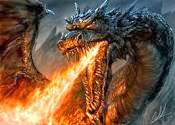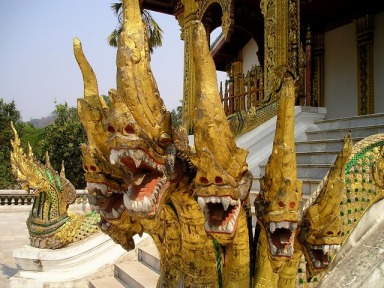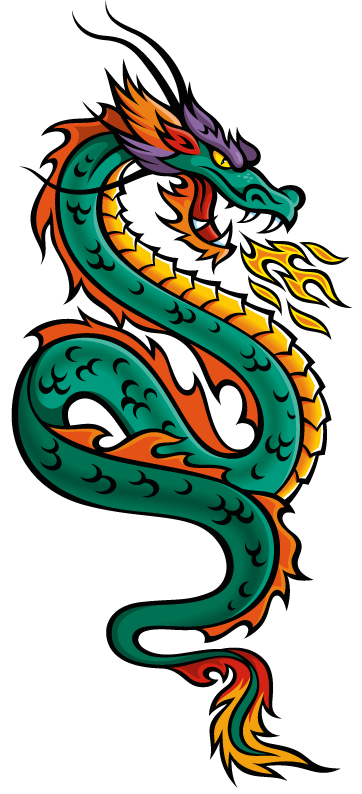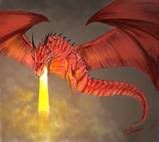Dragon: The Sacred and Terrible Serpent
Terrifying beasts, dragons. They eat maidens, burn villages to cinders and sleep atop piles of gold. Or maybe they don’t. Depending on how and where you were raised, you may feel differently about dragons.
 Dragon myths are among the first bits of recorded history we have. The creatures feature as bad guys in many ancient Middle Eastern religions, including those of the Sumerians and Babylonians. It was believed in Sumer that a dragon had stolen a set of tablets belonging to the god Enlil, upon which were recorded the laws of the universe. The dragon, Zu, was later slain by the sun-god Ninurta. In the Babylonian epic of Enuma Elish, the goddess Tiamat led an army of dragons against the gods. The Egyptians associated dragons with the primal conflict between light and darkness.
Dragon myths are among the first bits of recorded history we have. The creatures feature as bad guys in many ancient Middle Eastern religions, including those of the Sumerians and Babylonians. It was believed in Sumer that a dragon had stolen a set of tablets belonging to the god Enlil, upon which were recorded the laws of the universe. The dragon, Zu, was later slain by the sun-god Ninurta. In the Babylonian epic of Enuma Elish, the goddess Tiamat led an army of dragons against the gods. The Egyptians associated dragons with the primal conflict between light and darkness.
Dragons also appear numerous times in Greco-Roman mythology. A dragon guarded the sacred grove of Juno, and the goddess Ceres was sometimes depicted as being drawn in a chariot by dragons.
Despite its entirely fictional status, the dragon is one of the world’s best-known mythic creatures, and will likely remain so. Various nations, civic organizations, military groups and sports teams have adopted it based on its ferocious, fearful aspects. The creature also features in contemporary fantasy literature and games.
Some psychologists believe that the dragon in mythology and dreams represents the guardian of the treasure of self-knowledge, and the sacred unity of the world above and the world below. Dare you face the dragon within yourself...More at Here There Be Dragons: The Sacred and Terrible Serpent in Myth













